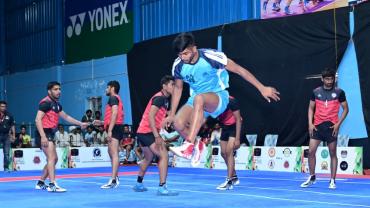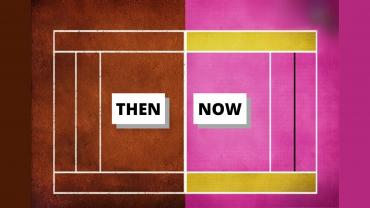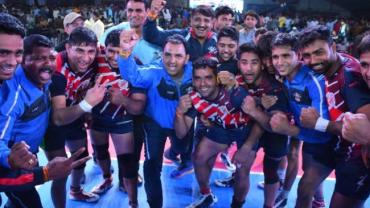Kabaddi: An Honest Indian Sport
Even though I played Kabaddi as a kid, I never used to follow Kabaddi among other sports. Even when there were a lot of controversies in Cricket, hockey, football etc. I never cared much for these dishonest attributes of some players in these sports. Since the arrival of Pro Kabaddi, I have started following Kabaddi and I must say that this is truly an Indian sport. This game requires both brains and brawn. This is a true Indian game where the quality of players are tested at every level.
Kabaddi requires both brains and brawn.
History Of Kabaddi
Kabaddi has been a part of the Indian life since the ancient times as it has been mentioned in Mahabharata along with some other games.
It is during Kabaddi that an Asura sent by Kamsa tries to kill Krishna and Balarama and eventually gets killed by Balarama.
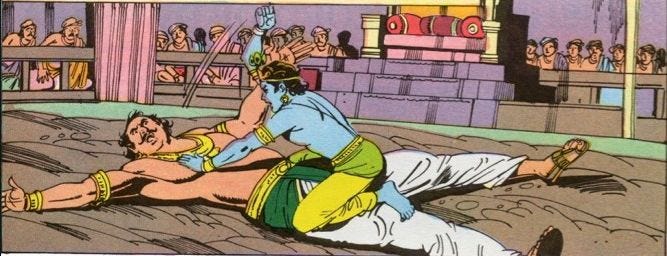 There is another event in the Mahabharata which illustrates that Kabaddi even though it sounds a little far fetched
There is another event in the Mahabharata which illustrates that Kabaddi even though it sounds a little far fetched
The ancient Indian epic Mahabharata describes the battle between the Pandavas and the Cauravas and how Abimanyu managed to penetrate the Cauravas seven tiered defense, but died because he did not know the way out. Legend has it that as an unborn child in his mother’s womb, Abhimanyu learned the knowledge of entering the deadly and virtually impenetrable seven tiered defense called Chakravyuha.
It is said that Lord Krishna tutored Abhimanyu’s father Arjuna the technique of attacking and escaping from various army formations. And as a fetus in his mother Subadhra Devi’s womb, Abhimanyu is said to have absorbed all the words of wisdom from Krishna. It is also said that Subadhra Devi decided to retire when Krishna was explaining the method of escaping from the Chakravyuha. Thus Abhimanyu never got the chance to learn on how to escape the Chakravyuha.
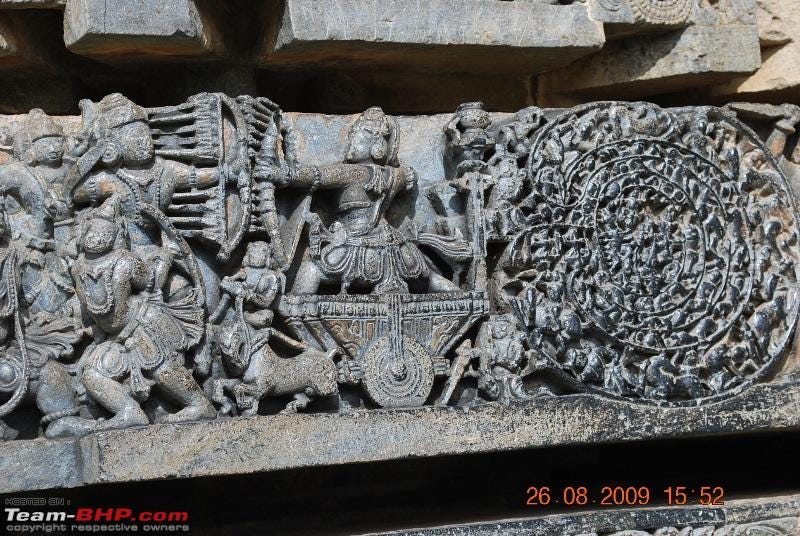
On the 13th day of the Kurukshetra War, the courageous and dashing Abhimanyu, was called upon to break through the Chakravyuha formed by the Kauravas. The sixteen year old gallantly broke through the formation but after a fierce battle to get out was killed by his enemies.
It is said that the sport of kabaddi was created in remembrance of Abhimanyu the Warrior. If you look closely at a kabaddi match, you would notice the seven defensive players forming a semi-circle to entrap the lone raider just like how the Cauravas trapped Abhimanyu.
Just like in a war, it is believed that Kabaddi was invented to develop a defensive responses by an individual against group attacks and group’s responses to an individual attack.
This is the only combative sport in which offence is an individual effort whereas defense is a group effort. History reveals that kabaddi was played by princes’ of the past to display their strength.
Even Buddha played Kabaddi!!
Buddhist literature also mentions of Gautama Buddha playing kabaddi with his peers. For those of you who have not seen Bernardo Bertolucci’s 1993 movie Little Buddha starring Keanu Reeves, try to get a copy and you can catch a scene showing Buddha playing kabaddi. The extras in the scene were Nepalese kabaddi players and officials, who still talk about it fondly.
Modern Kabaddi
The game, known as Hu-Tu-Tu in Western India, Ha-Do-Do in Eastern India and Bangladesh, Chedugudu in Southern India and Kaunbada in Northern India, has changed through the ages. It is a synthesis of the game played in various forms under different names. It is also called the Game of the Warriors (Veera Vilayatu) in South India.
The excitement and thrill provided by the game has made it very popular and is rightly called the Game of the Masses. And it doesn’t cost anything!
Millions of people from as many as 65 countries of the world play this game in its various forms now.
The game in popular and played in India, Nepal, Pakistan, Bangladesh, Japan, Sri Lanka, Thailand, Malaysia, Iran, Korea, Argentina, Canada, U.K, China, Trinidad and Tobago, Australia, Indonesia and many more countries. Kabaddi, is surprisingly also the national sport of Bangladesh!!
Kabaddi is played in three styles — National Style Kabaddi, Beach Kabaddi and Circle Kabaddi. The National Style Kabaddi was introduced as a medal sport at the Beijing Asiad in 1990.
The Circle Style Kabaddi was demonstration during the 1936 Berlin Olympics. The demonstration was made possible by the Hanuman Vyayam Prasarak Mandal, Amaravati, Maharashtra.
Beach Kabaddi was included at the Bali Asian Indoor Games in 2008 and is perhaps the closest to the original game.
The three styles of kabaddi are also played in three different formats.
1. In the Amar format of Kabaddi, there is no out or revival rule. When any player is touched, goes out of bounds or is caught, he is not sent out of the court but point is awarded to the rival team.
2. In the Surjaveeni format, the revival and our rule is in play. When any player is touched or goes out of bounds, or is caught, the player concerned is sent out of court. Points are awarded to the rival team in addition to having their out players being revived.
3. In the Gaminee format, a player touched, caught or out of bounds, has to remain out until all his team members are out.
Despite the differences in styles, kabaddi calls for tremendous fitness of body and mind and the ability to concentrate as well as anticipate the opponent’s moves.
This game demands agility, muscular co-ordination, breath holding capacity, speed, strength, stamina, catching, kicking, as well as quick responses and a great deal of presence of mind as one will be facing situations with tremendous pressure.
Why Kabaddi Is Not As Popular As Cricket?
The emergence of India as Champions of the 1983 World cup created a huge impact on the nation that the cricket following increased dramatically in terms of revenue and fan following. Among other sports, Kabaddi also started to be only popular in the villages and even though the Indian team performed exceptionally, were not recognized properly at the national level.
The arrival of Pro Kabaddi changed all this!!
Why I Think Kabaddi Is An Honest Game?
- The defenders admit when the raider has touched them.
- Raider only calls for a touch after he has one an does not make false accusations.
- Referees are very vigilant and accurate and if they make a mistake there is always the TV review system and every team supports this and their decision unlike in some sports where usage of the review system is being strictly opposed by some countries.
- Till now no scam or match fixing scandals were reported against this sport. It is very difficult to fix a match in Kabaddi as well.
Do we need anything else to prove that this is an honest sport?
Let us all support this game and make it as popular worldwide. Khel Kabaddi!!!
- 309 views



